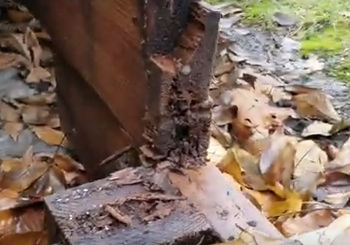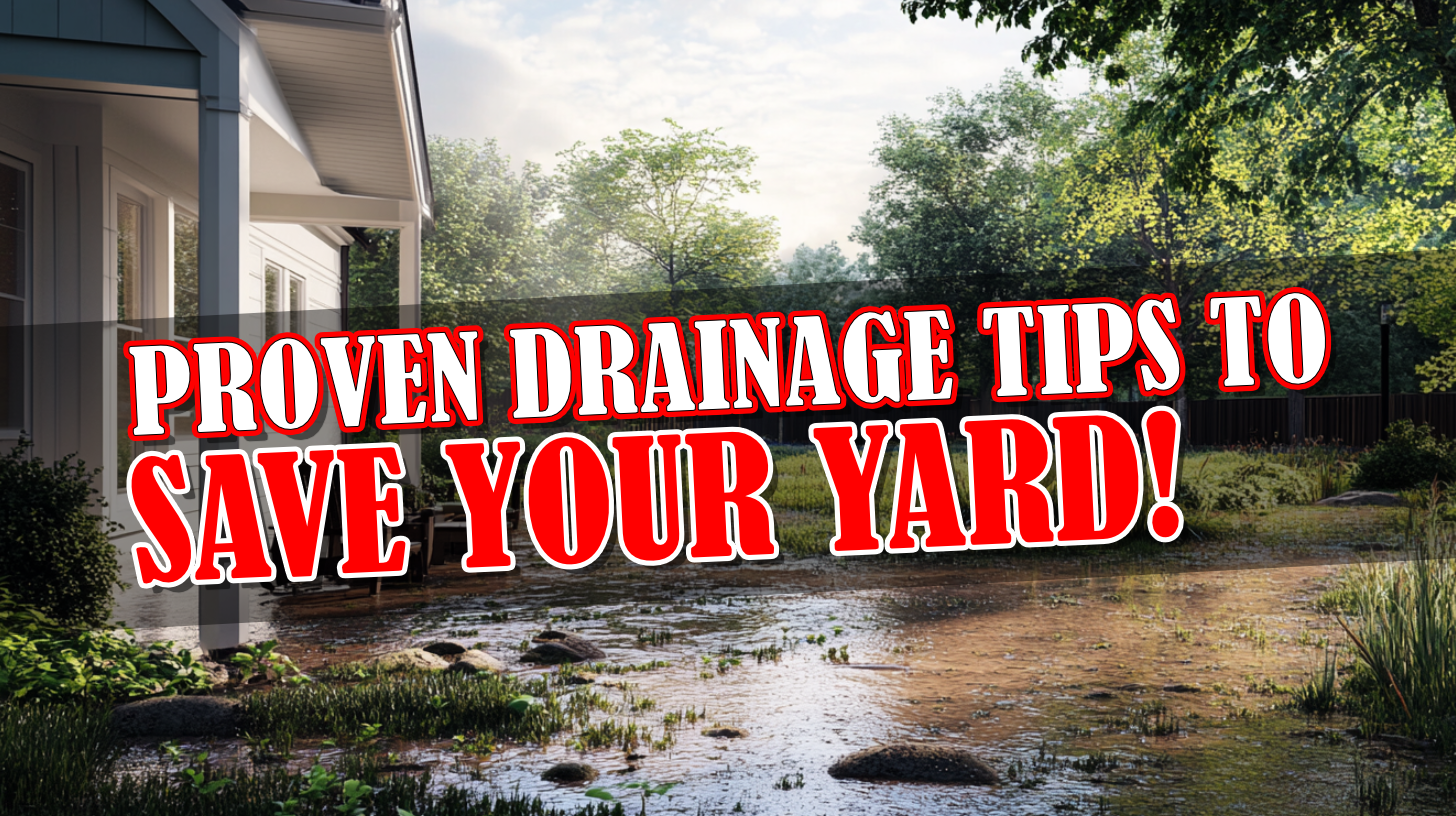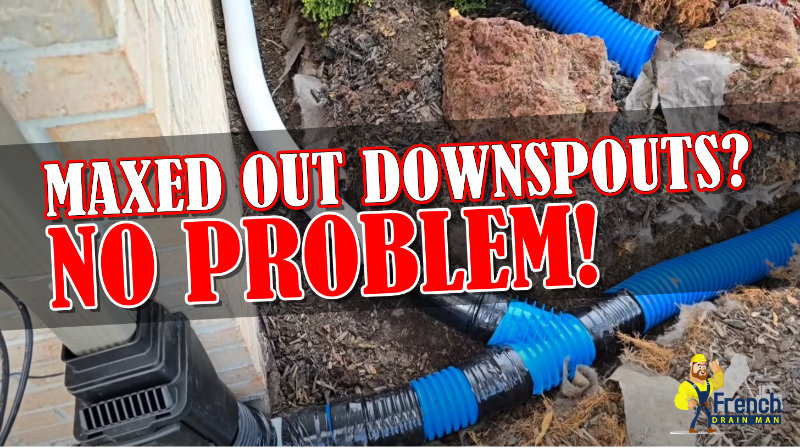 I wanted to give an example of why it’s so important to control your gutter downspout water, not just for the foundation of your home, but for other structures around the home such as decking.
I wanted to give an example of why it’s so important to control your gutter downspout water, not just for the foundation of your home, but for other structures around the home such as decking.
This is a two-story home. You can see how we have a gutter troughed on the second story and there is a downspout right here and that downspout will end up in the first story gutter trough. So you have the water, all the sheet water coming off the roof on the first story, and you also have all the second story water that works its way down to the first story. There is so much water in this gutter trough. The demand on this gutter troughed and the downspout is hundreds and thousands of gallons per rain event.
I am going to show you what was happening. There are all types of wood rot. You can see the condition of the decking and it’s so unfortunate too. It didn’t have to be like this. So there is the standard four-feet of aluminum downspout that comes away from the house. And nobody ever ran this underground, so we’re correcting that now. We’re running it 60 feet and we’re pretty flat through the backyard and then we finally break to a ravine.
Now, this is a gravity-powered system. I talk about this in a lot of my videos, gravity powered. When the water comes off the rooftop and it’s running down the downspout, it’s picking up velocity. The more water that comes down the downspout, the more pounds per square inch you’ll end up with as well.
Single wall corrugated pipe would be fine on a short run or if we had a lot of slope. If we had a lot of slope we would keep up our velocity, we wouldn’t have any issues. But we end up pretty flat here. We do have some fall, but when I say fall, that term basically means the ground is dropping as we get away from the house. It’s slowly falling. We have just a little bit of fall, so just a slight slope.
So what we’re gonna do is we’re gonna use our dual wall pipe. It’s smooth. You can see how it’s smooth on the inside and it’s corrugated on the outside. This way because it’s such a long run with not a whole lot of slope, we’re gonna end up losing velocity. Even with a smooth wall inner pipe. Even with smooth-wall, there’s friction, so water slows down.
We have a 20-footer here. We’re going to end up with (3) 20 footers put together with tile tape. You never want to use silicone, you want to use tile tape. It’s a PVC that’s super stretchy, super sticky, and they guarantee it for a hundred years, but it’ll last 200 – 500 years.
So here’s our dual wall pipe. You got a little bit of movement. It allows you to go around a few things. It is easy to work with, and it’s nice when you could have 20-foot sections, you have fewer pieces and parts. There’s less of a chance of any problems that way. I see guys piecing part pipe together and by the time they get it together in a 60-foot run like this, they got a dozen or more sections with all kinds of connections. You want to minimize your connections whenever possible.
So again, this is dual wall corrugated pipe smooth on the inside corrugated on the outside. It’s perfect for Michigan. If you’re building a drainage system in the north, this has lots of flexibility. It can move with the freeze and thaw cycles. It’s going to see a lot of stress through the hydraulics. It’s a really strong pipe. You’re not gonna have to worry about it cracking and it’ll even put up with a little bit of expansion and contraction through the temperature changes. Again, the damage caused to wood decks, I see this a lot. That’s why I’m now taking the time to actually put some videos up for our subscribers.
For underground downspouts systems done the right way in southeastern Michigan give us a call at 248-505-3065.








